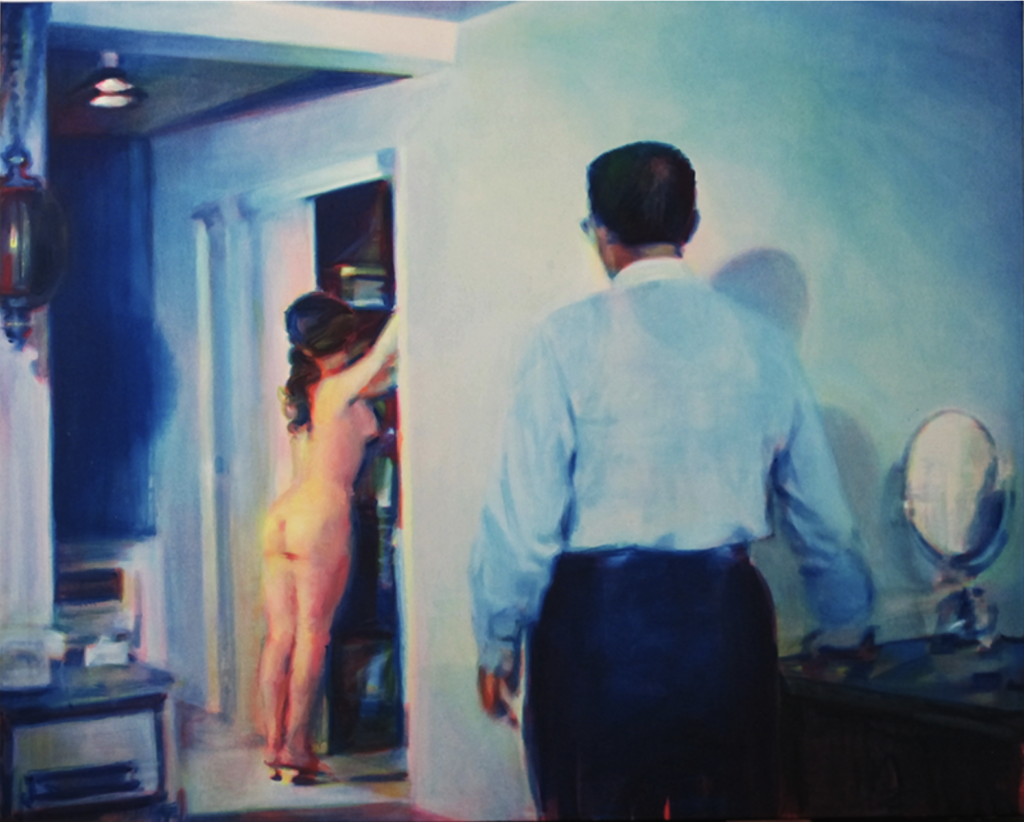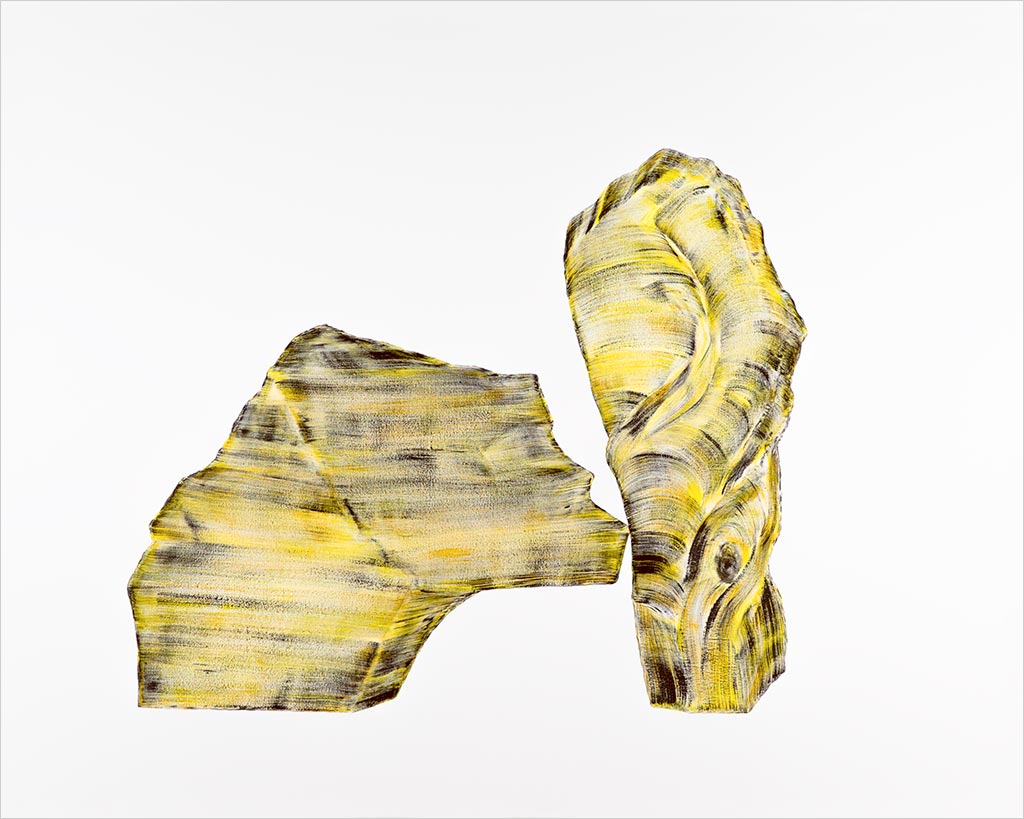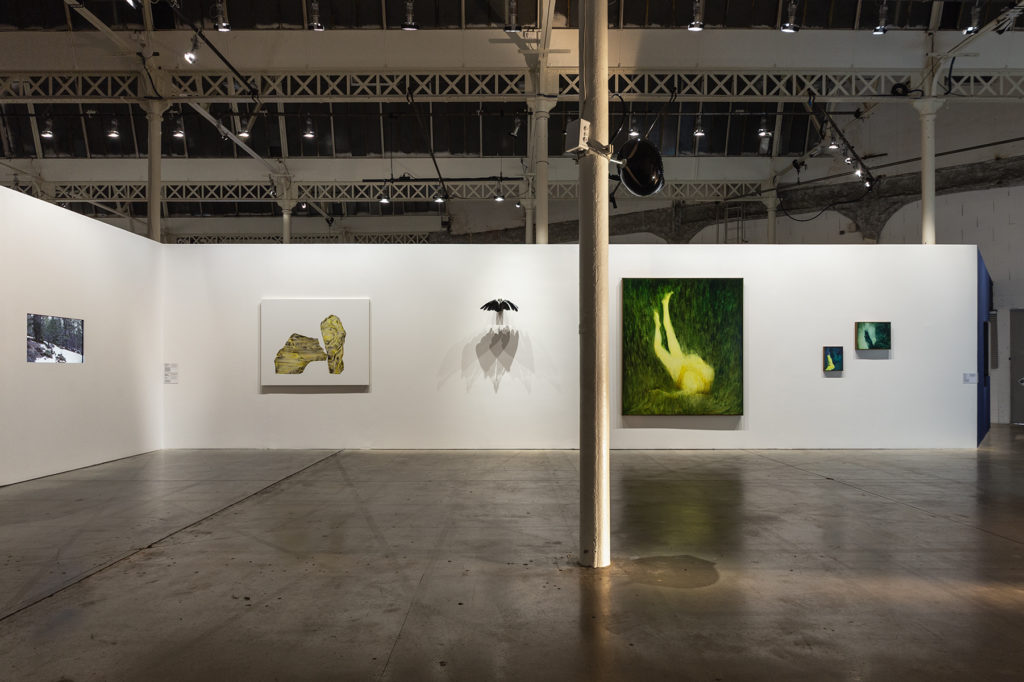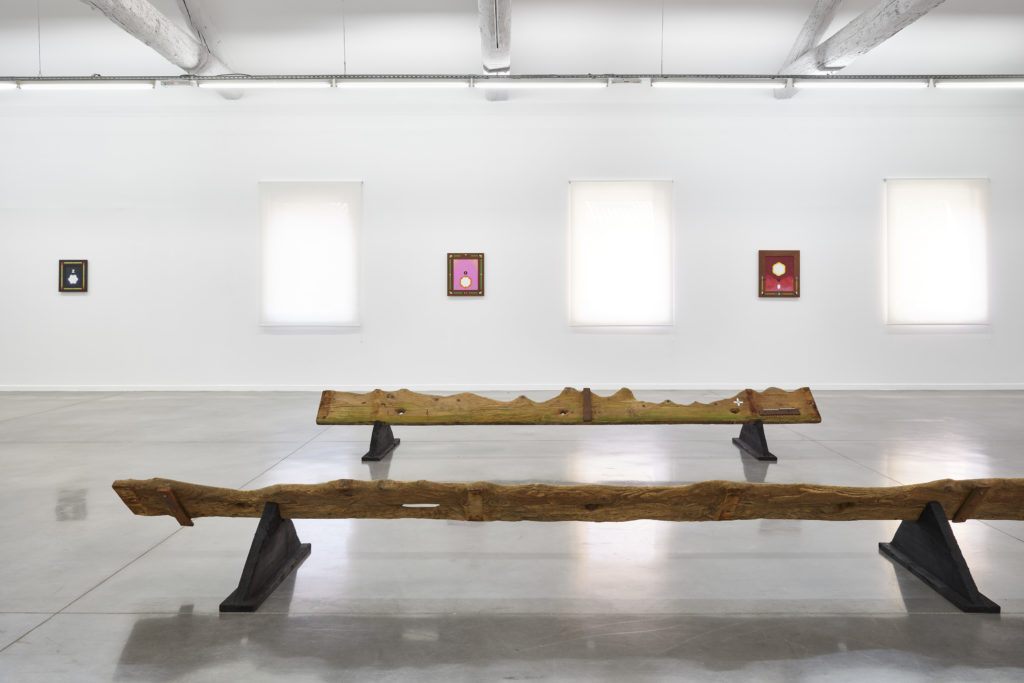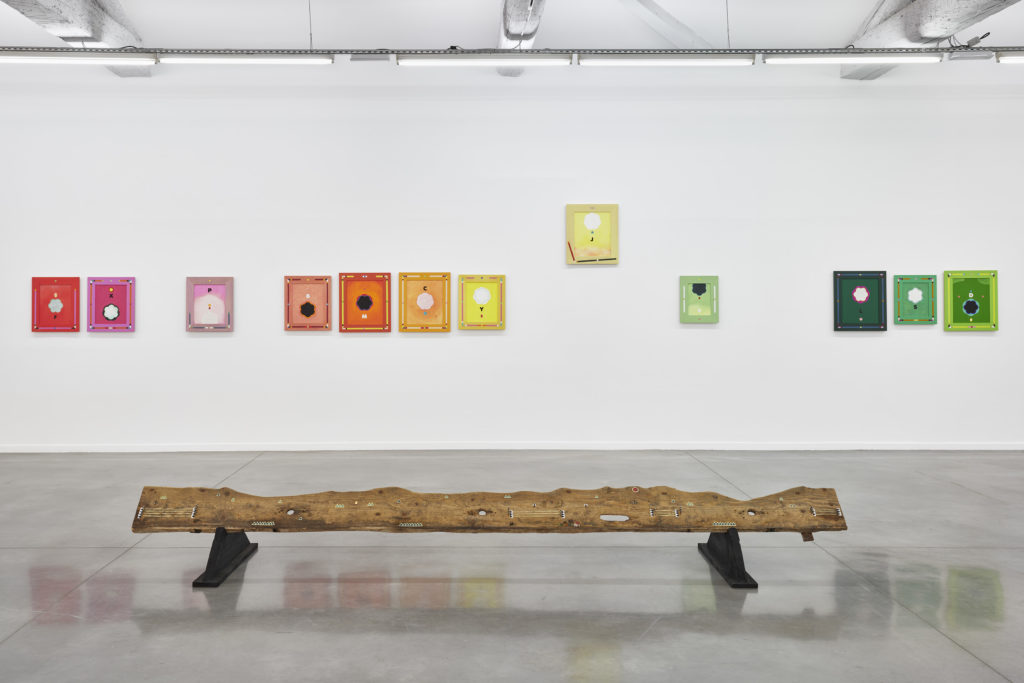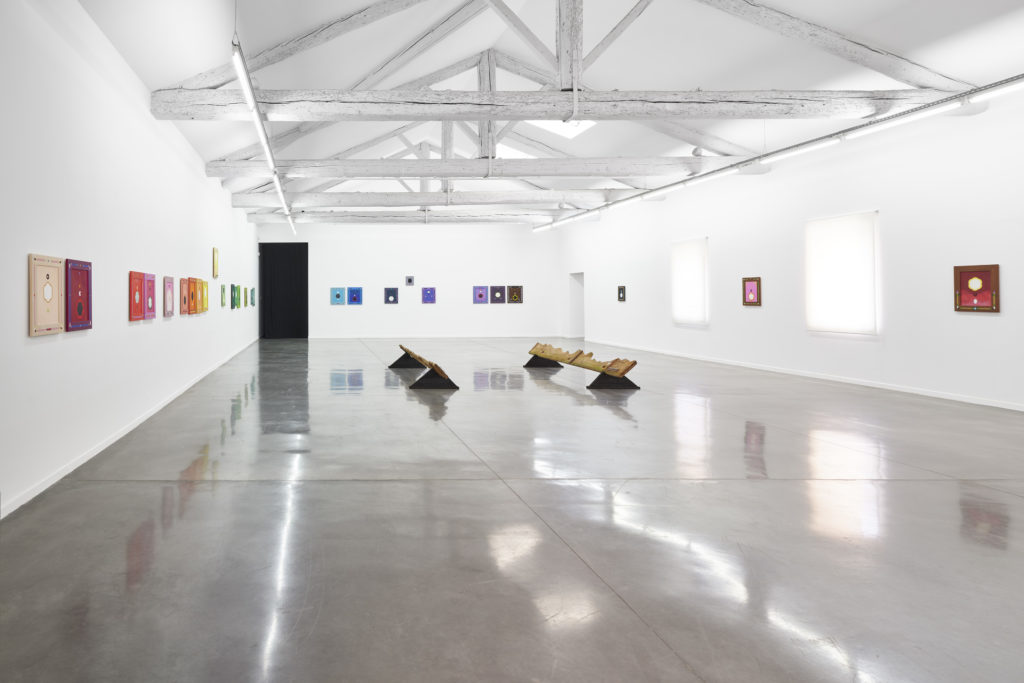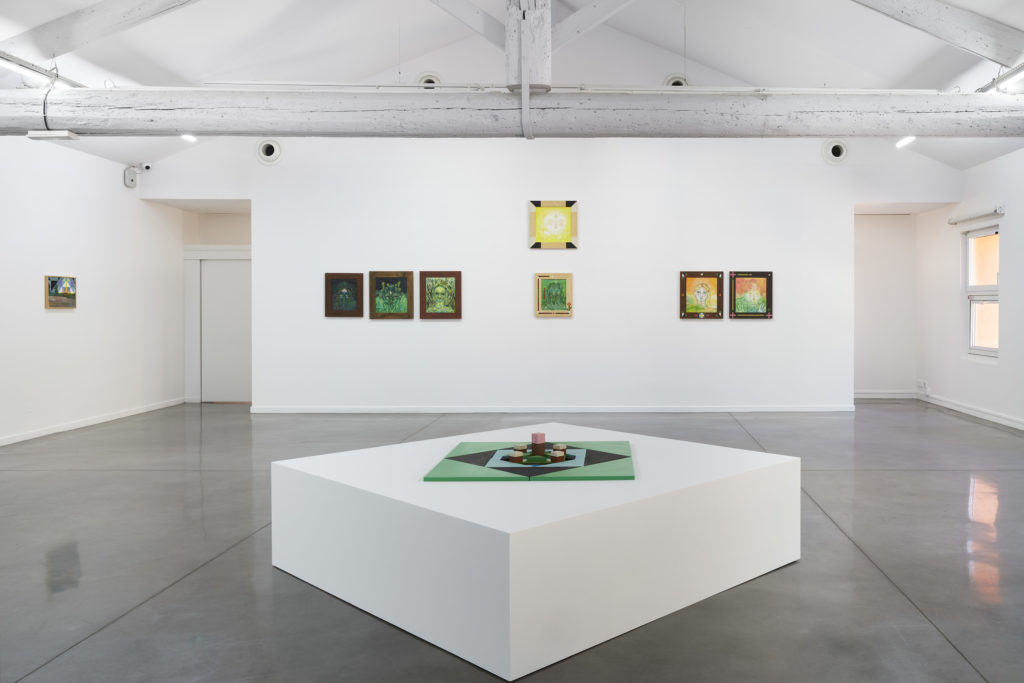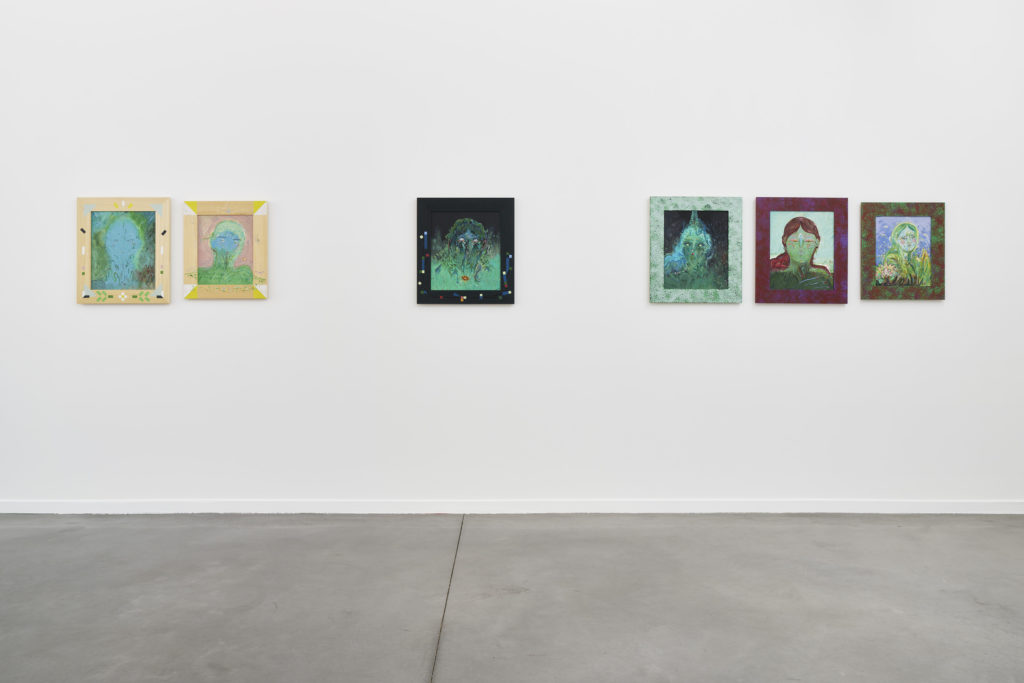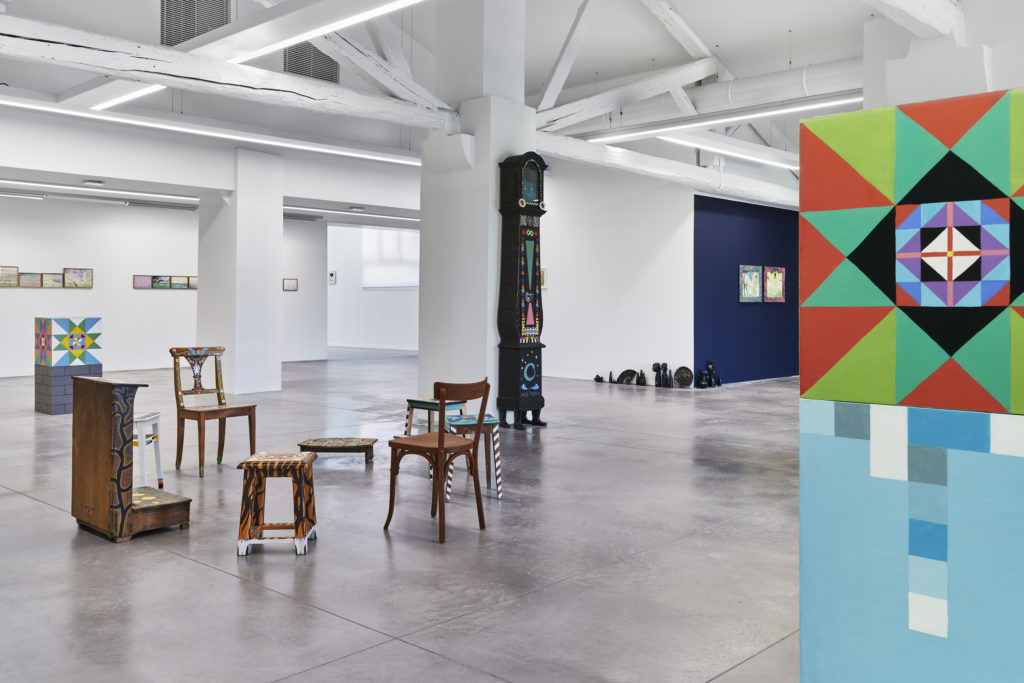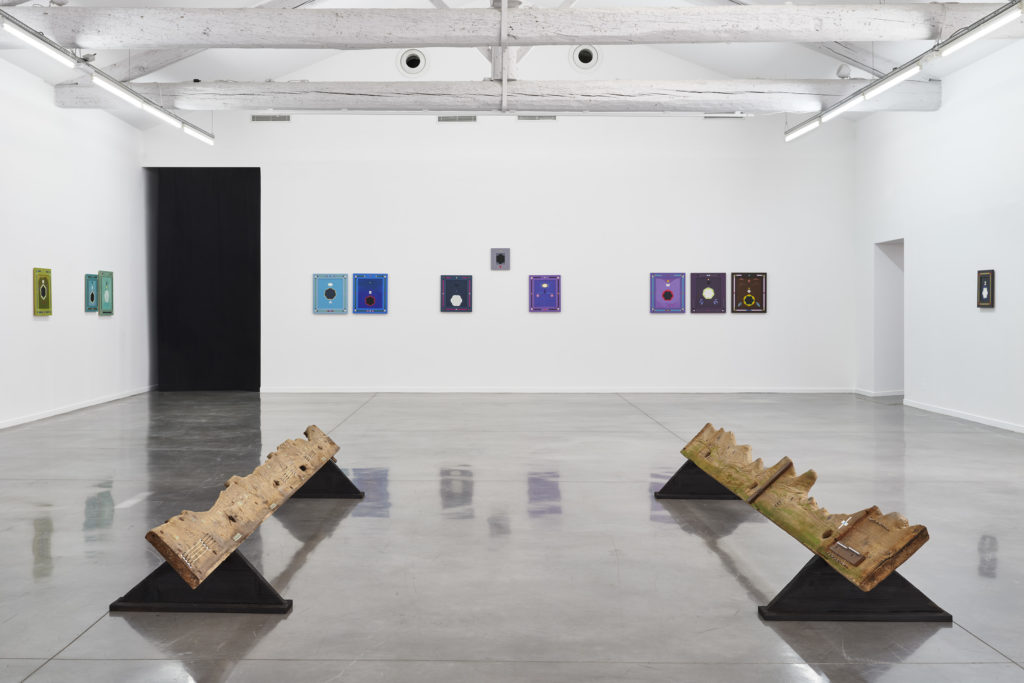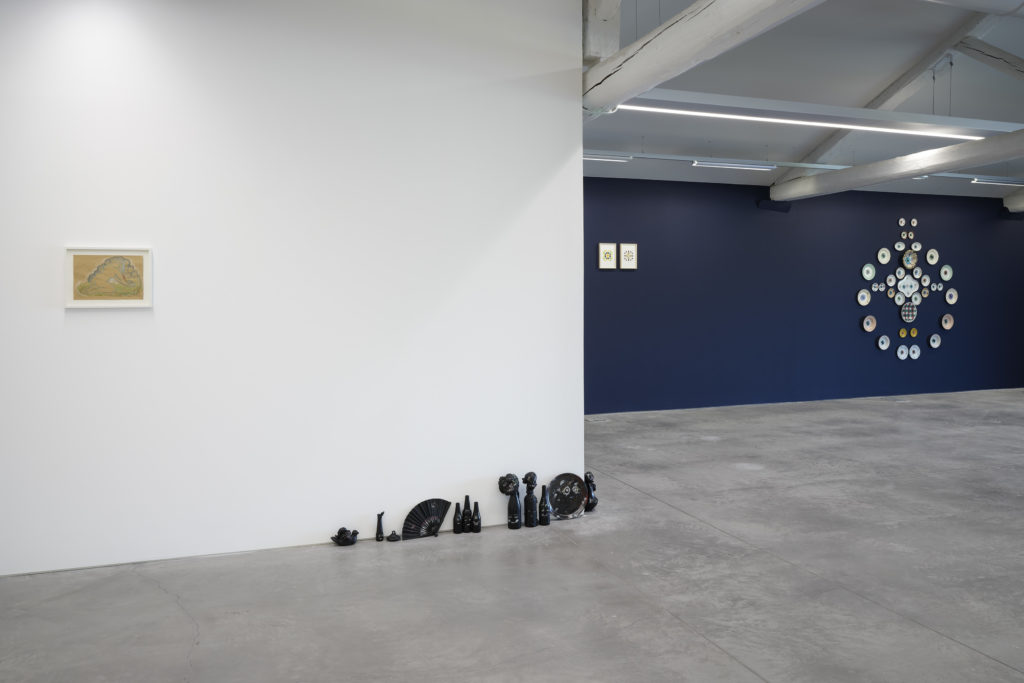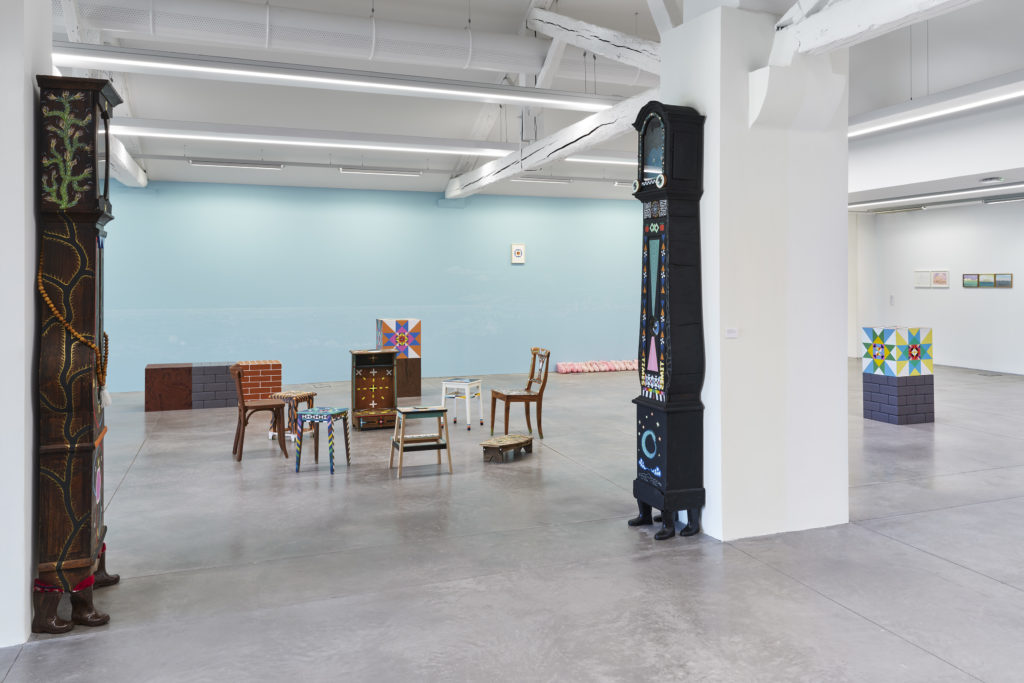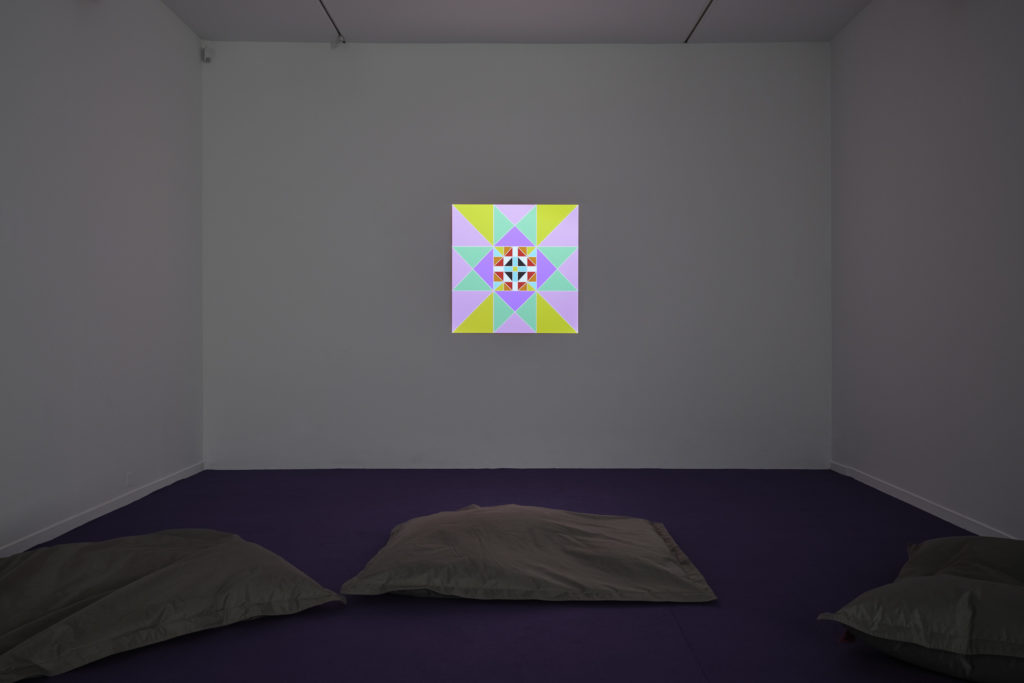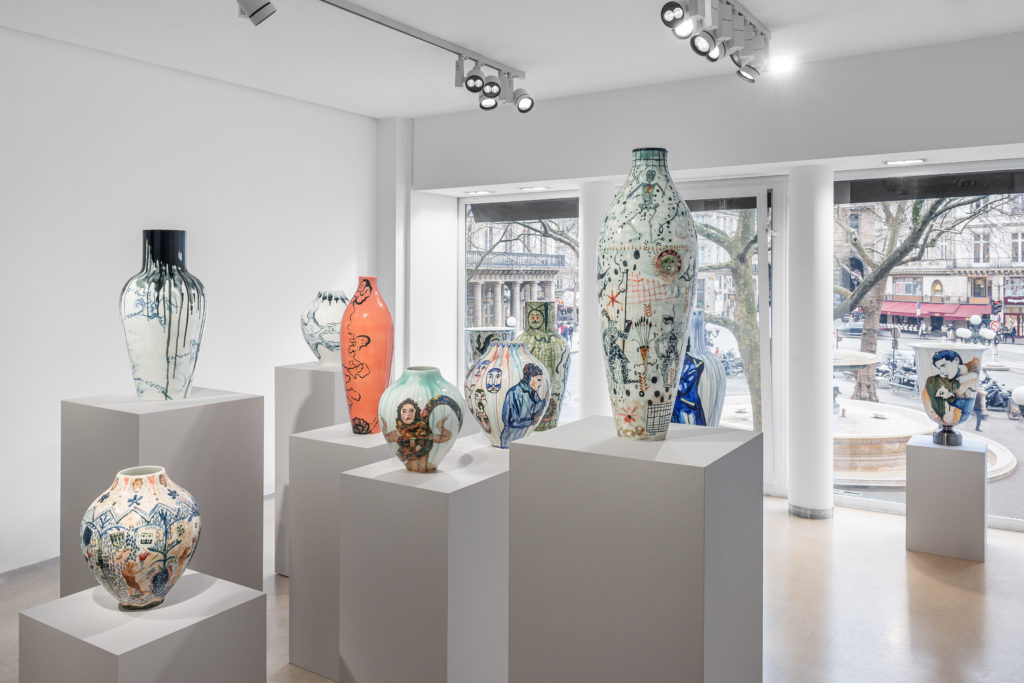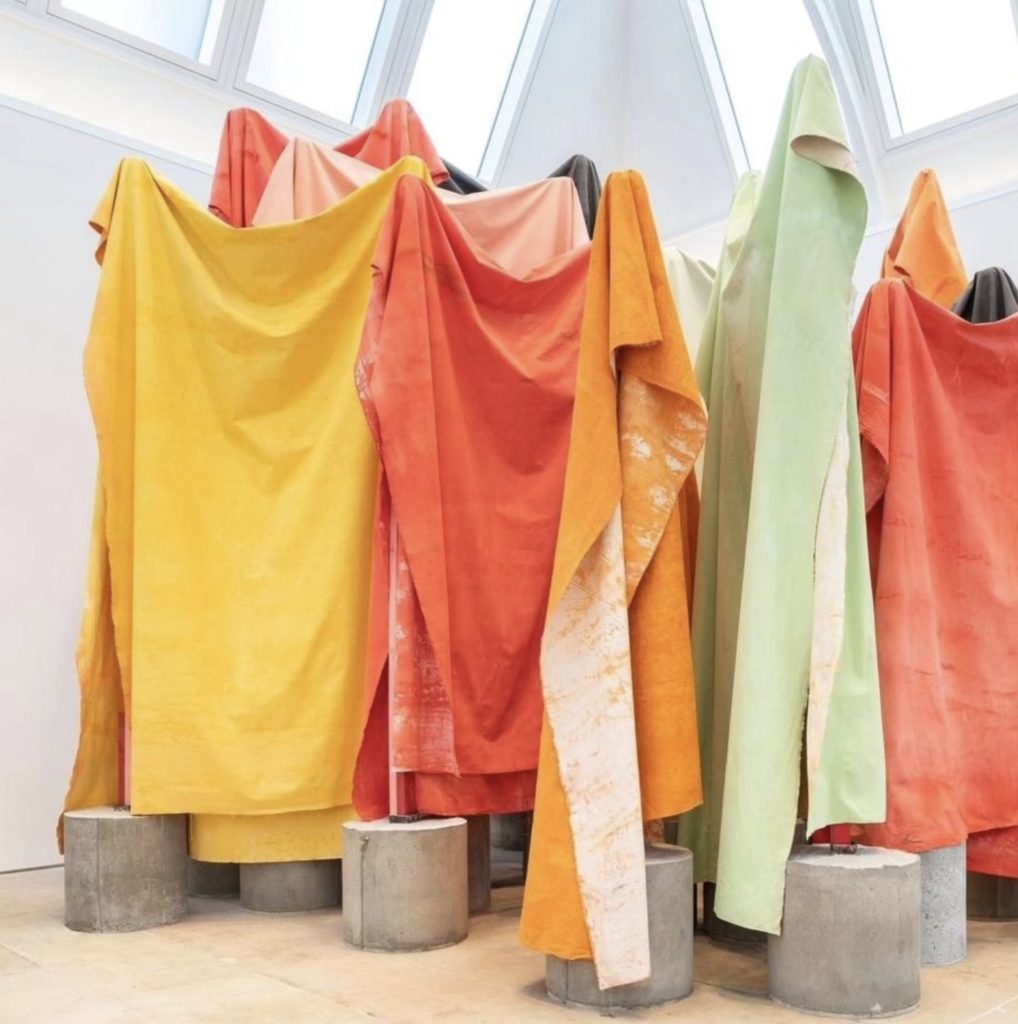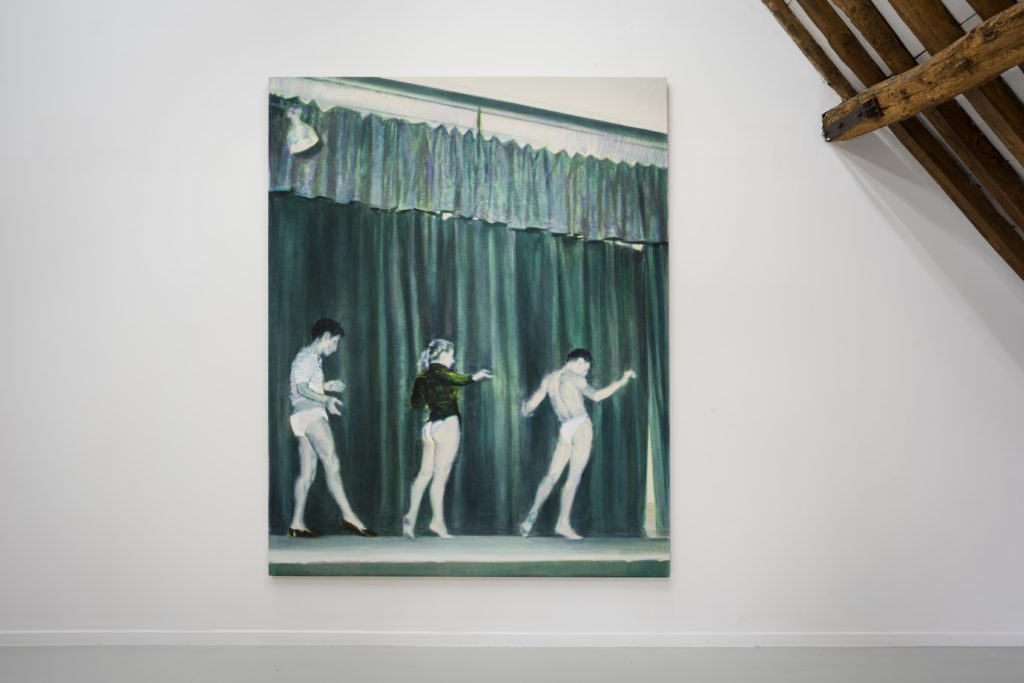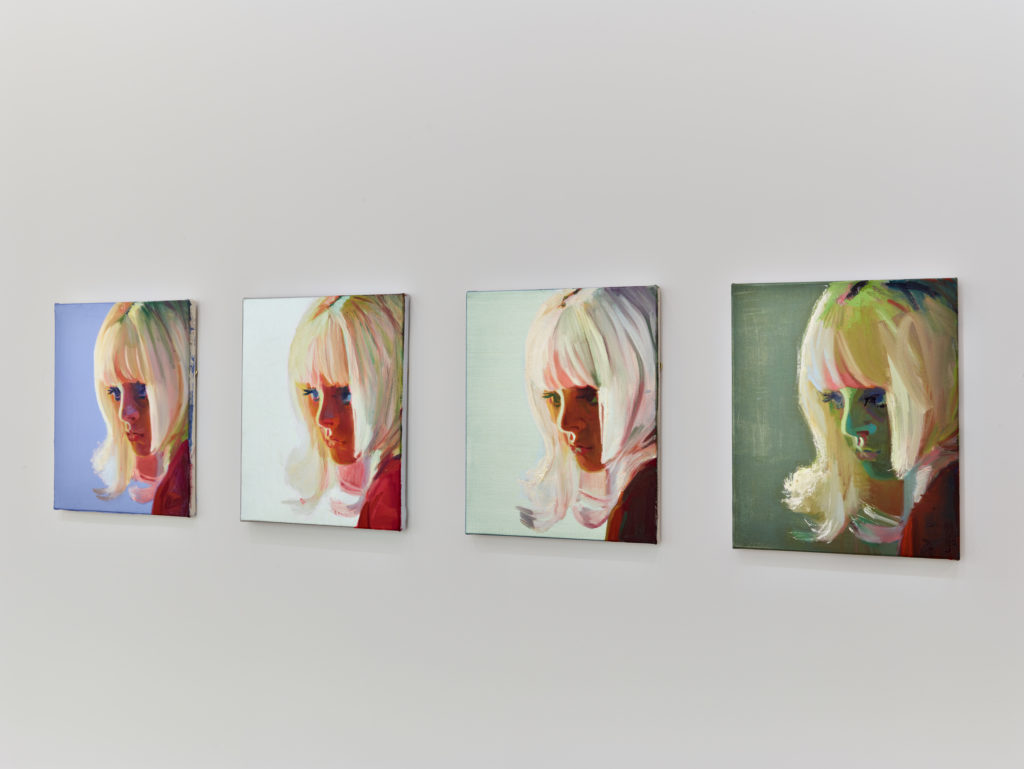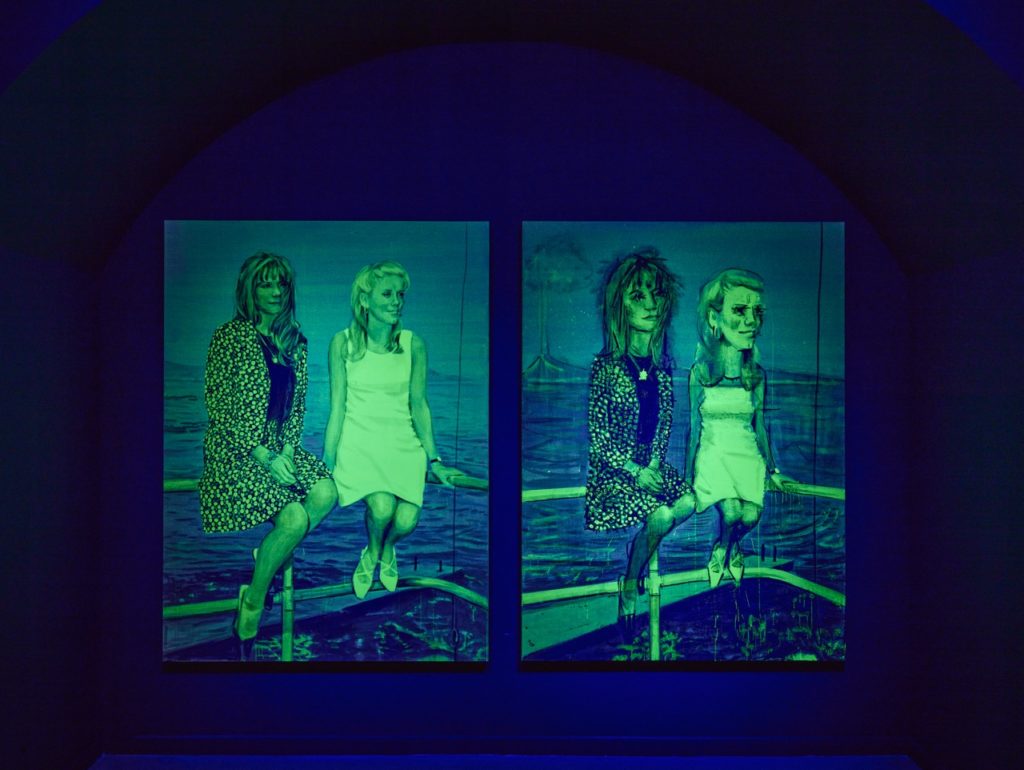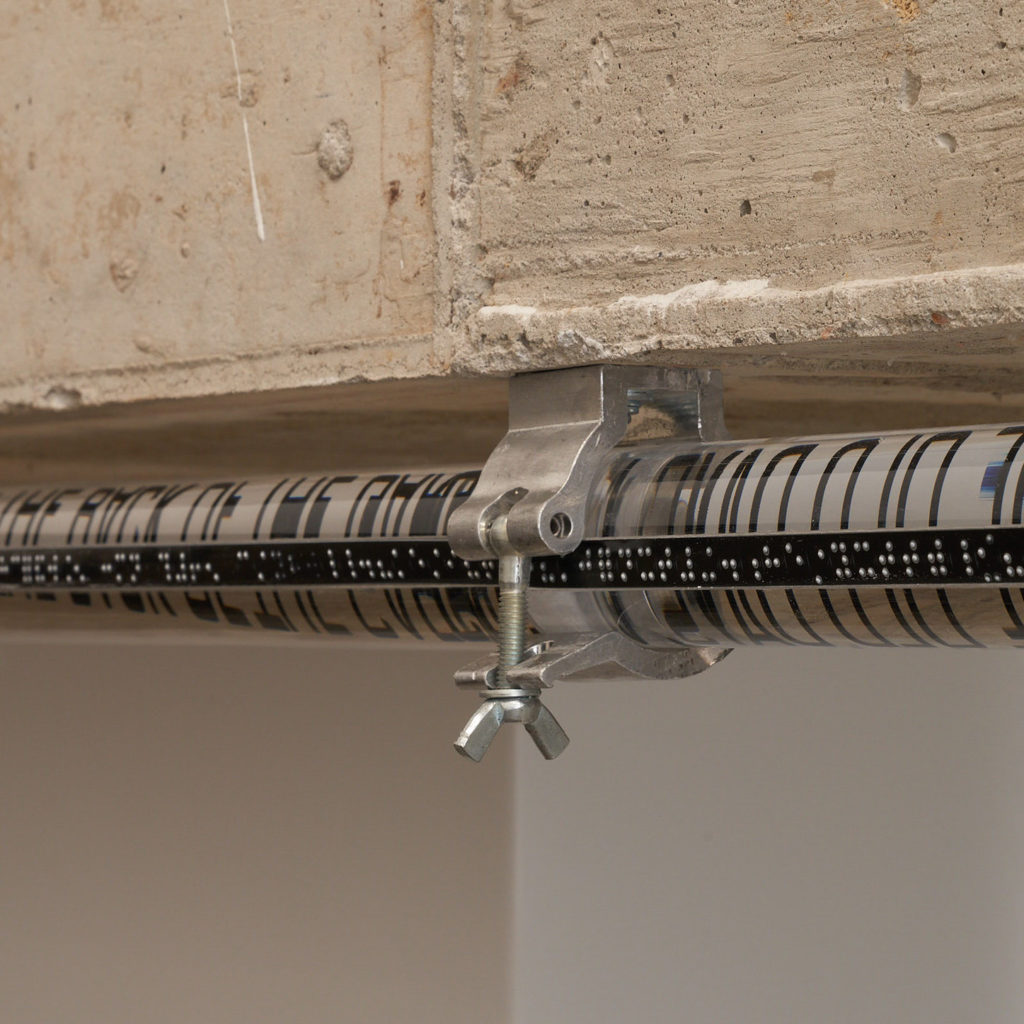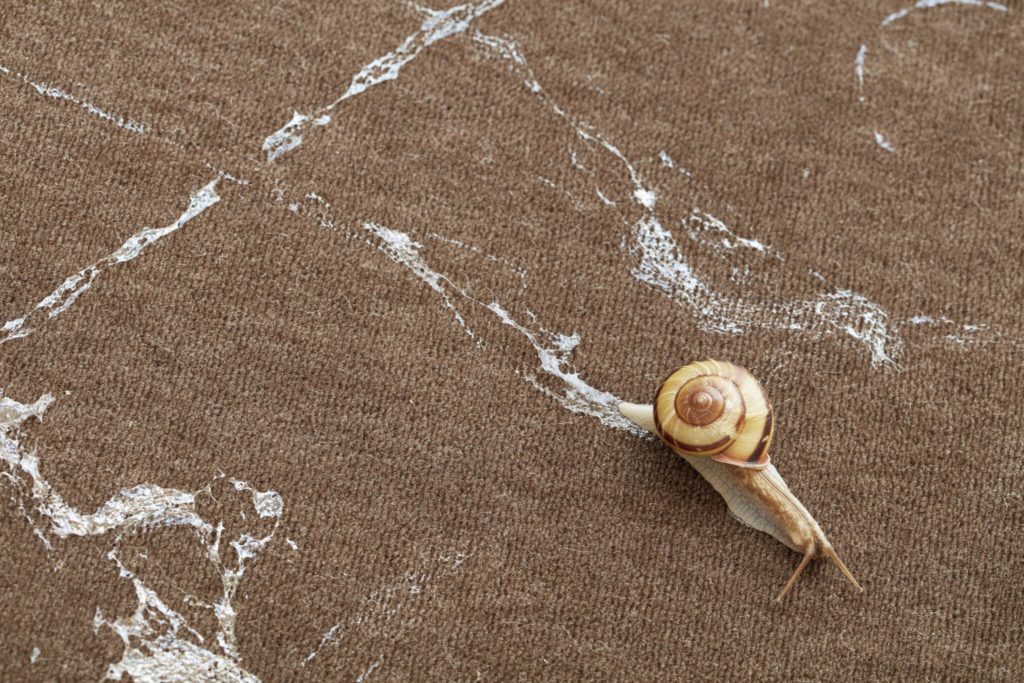
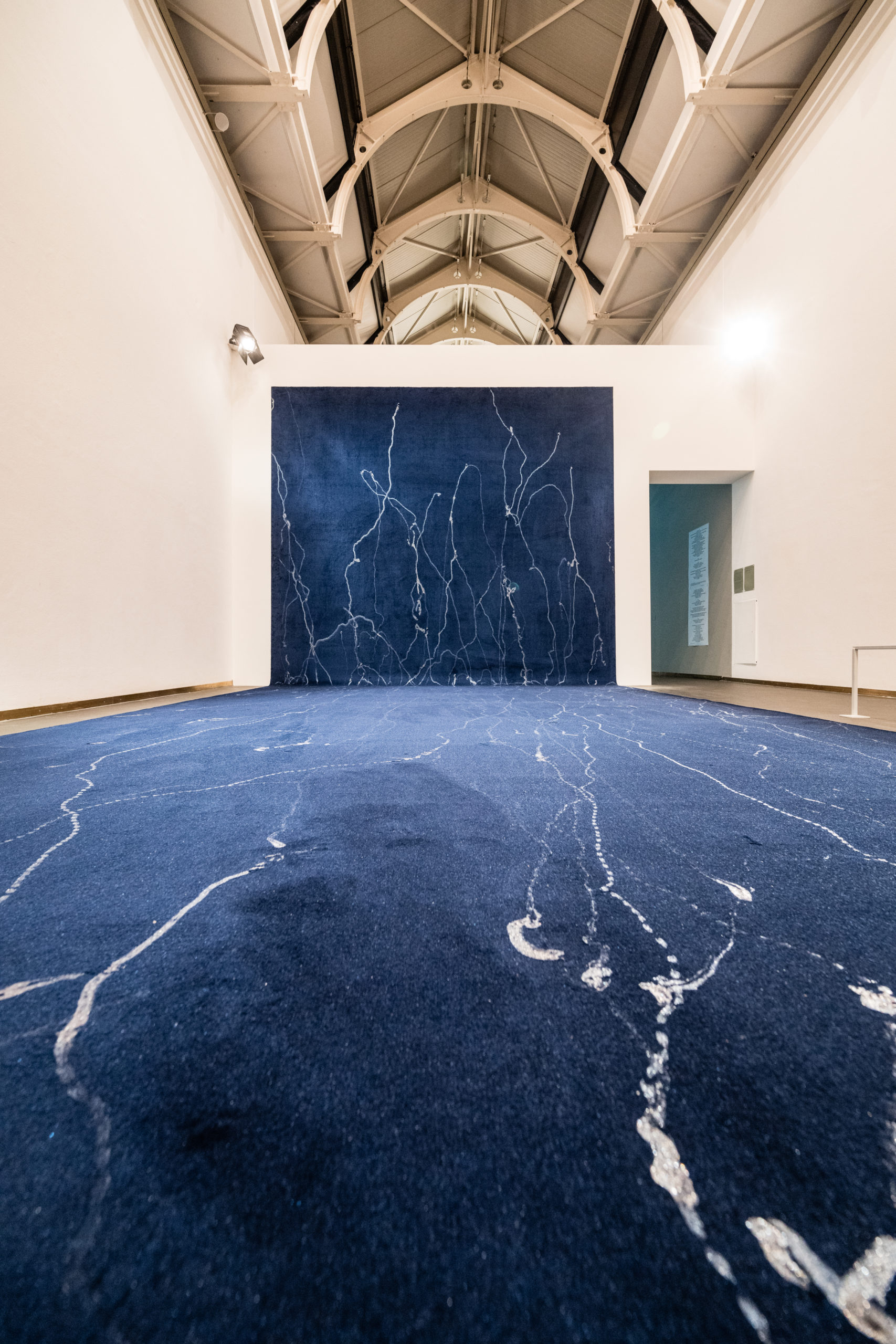
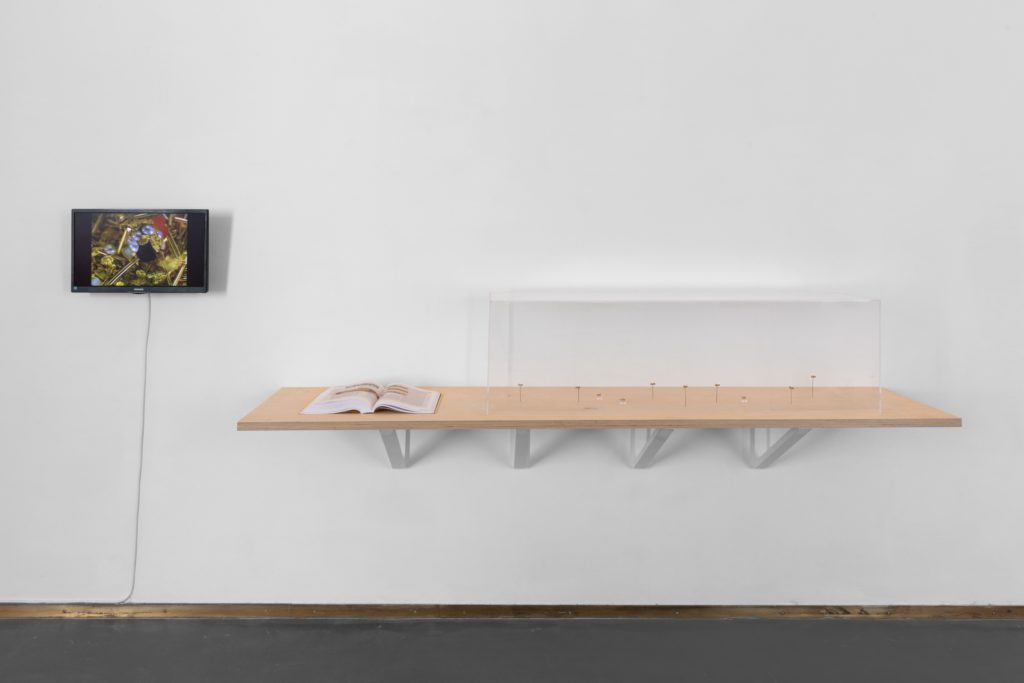
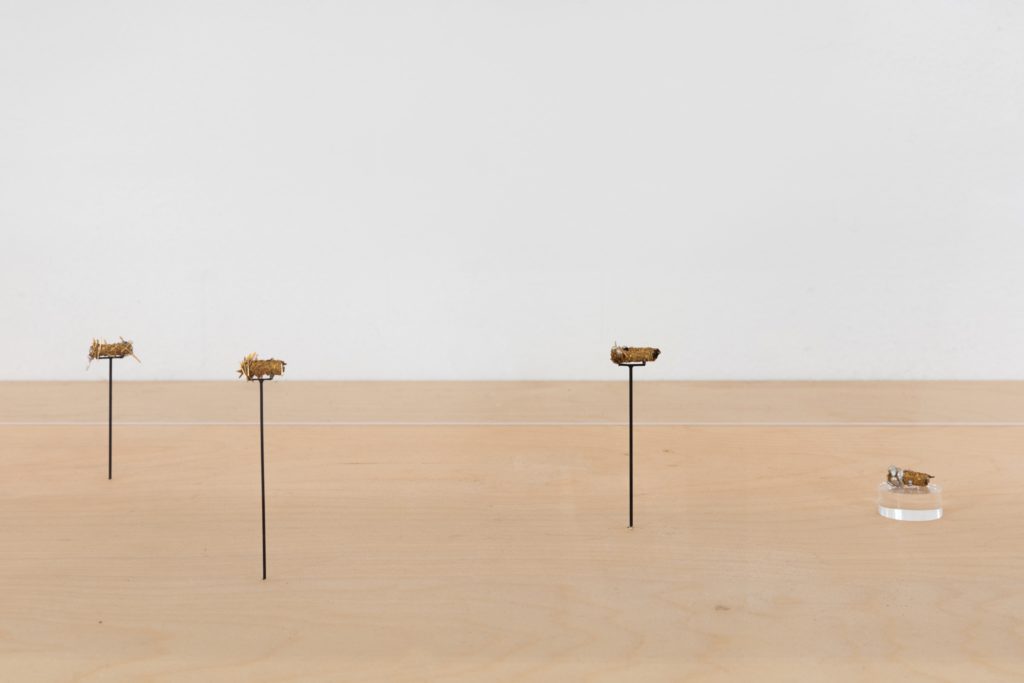
Le Castello di Rivoli Museo d’Arte Contemporanea est ravi d’annoncer Mutual Aid – Art in collaboration with nature, une grande exposition dédiée à la durabilité, organisée par Francesco Manacorda et Marianna Vecellio, qui ouvre au public le jeudi 31 octobre 2024 jusqu’au dimanche 23 mars 2025.
L’exposition explore la collaboration créative entre les humains et le monde non humain en rassemblant une sélection d’artistes qui ont abordé l’interdépendance entre les humains et la nature des années 1960 à aujourd’hui.
L’exposition présente différentes phases de la réflexion artistique sur l’écologie, avec pour point culminant les préoccupations liées à la crise climatique actuelle et les développements théoriques qui remettent en question la place centrale de l’homme dans le système naturel. Le projet se concentre sur le partage du processus créatif entre les artistes et les éléments naturels (animaux, végétaux et inorganiques), interprété par les œuvres d’artistes tels que Maria Thereza Alves, Michel Blazy, Bianca Bondi et Guillaume Bouisset, Caretto/Spagna, Agnes Denes, Hubert Duprat, Henrik Håkansson, Tamara Henderson, Aki Inomata, Renato Leotta, Nicholas Mangan, Yannis Maniatakos, Nour Mobarak, Precious Okoyomon, Giuseppe Penone, Tomás Saraceno, Robert Smithson, Vivian Suter et Natsuko Uchino.
Le titre de l’exposition s’inspire du concept d’entraide proposé par le philosophe et zoologiste russe Piotr Kropotkin (1842-1921) dans son livre Mutual Aid – A Factor of Evolution, publié au début du siècle dernier. Kropotkine affirme que la survie des espèces ne bénéficie pas uniquement de la concurrence, comme le soutenait Charles Darwin ; au contraire, il démontre que, lorsqu’un système dispose de peu de ressources et est instable, la survie est plus probable si les éléments en jeu collaborent et partagent un plan commun. L’entraide est donc un facteur clé de l’évolution, en particulier en temps de crise. Cette attitude est mise en évidence dans l’exposition par une sélection d’œuvres d’art commencées par l’homme mais « terminées par la nature » ou cocréées grâce à la contribution d’éléments et d’agents non humains.
Mutual Aid – Art in collaboration with nature nous invite à reconsidérer la validité de la séparation entre nature et culture, en les réinterprétant au contraire comme des éléments collaborateurs appelés à se soutenir et à se nourrir mutuellement. L’exposition propose au public une vision écosystémique et une approche innovante et urgente des grands problèmes environnementaux, basée sur la coexistence, le partage et la valeur de la créativité et de la planification collectives multi-espèces.
